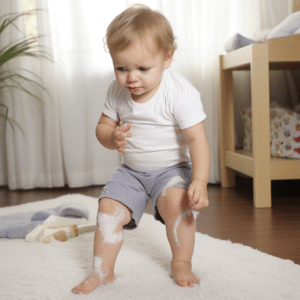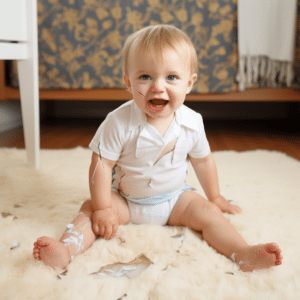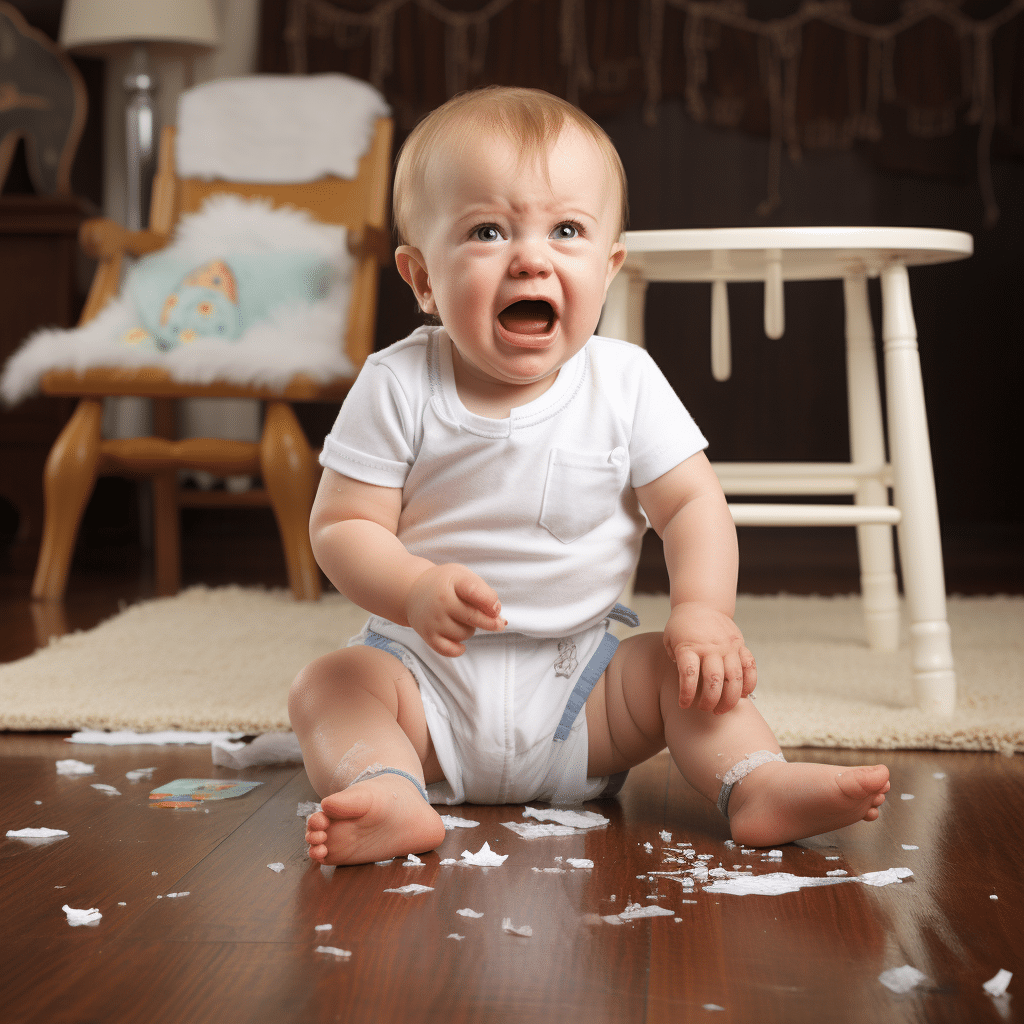Understanding and Managing Diaper Rashes in Infants
Diaper rash signs causes prevention and treatment: Diaper rashes are common and rarely dangerous in infants and toddlers and are characterized by sore, red, tender, and scaly skin. To prevent these rashes, you should use diaper cream on your child’s diaper area.
When To Stop Using Diaper Cream
You should stop using diaper cream if the rash worsens or does not clear seven days after using the cream. You could also stop using diaper cream when your child has learned and is practicing proper toilet etiquette. This article elaborates on the signs, causes, prevention, and treatment of diaper rashes.

Signs of Diaper Rash
It might be hard for a first-time mother or caregiver to tell when your baby has a diaper rash, which is not so for more experienced parents. A Diaper rash signs causes prevention and treatment can appear in children who are still using diapers, disposable or washable, or those who are still toilet training and cannot wipe themselves dry properly. Some of the signs you are likely to see are;
- Inflamed or swollen skin around diaper areas, i.e., butts, thighs, and genitals.
- Itchy, irritated, and tender skin around the diaper area.
- Sores and redness of the skin.
- Fussiness and discomfort during a diaper change.
These signs should generally clear with a diaper change or after two to three days. If they persist, it might be a sign of infection.
Signs Of Uncommon Rash
Though rare, diaper rashes could get complicated and lead to fungal and bacterial infections. When this happens, it is best to consult a pediatrician for more advice. Signs of atypical rashes are;
- The inflammation persists after seven days.
- They get worse even with precautions such as change of diaper type or cream.
- Presence of red raised bumps.
- When the sores get pus.
- When skin underneath seems tender, swollen, or abnormally stiff.
- If the baby looks sick.
- If he has a fever and is unusually fussy.
- The baby has discomfort when passing urine or poop. And the waste has blood stains.
Causes Of Diaper Rash
Moisture creates an ideal environment for diaper rash, especially in the folds around the diaper area. Some babies have hypersensitive skin that reacts to diapers causing a rash. Other causes include;
- A baby is overstaying with a diaper. Ideally, changing a diaper every two to three hours would be best, even when not soiled.
- Delay in changing of soiled diapers. Urine or stool reacts with a baby’s sensitive skin and causes rashes. To counter this, change a diaper immediately so the baby soils themselves.
- Irritation from chafing or friction.
- Diarrhea or frequent stools. When weaning a child or when they have a cold or are on medication, they might pass stool more often than usual, leading to irritation with the many diaper changes.
- Infections. A child’s illness could alter the skin PH, causing high chances of diaper rash.
- Allergies. Some toddlers may be allergic to dyes, and fragrances used in diapers could lead to irritation and itchiness. You could change the diaper brand when you notice a persistent rash or try one free from fragrances and dye.
How To Treat Diaper Rash
Keep The Baby Dry
The first step is to ensure the baby is dry. Change the diapers and wipe around the diaper area with a damp microfiber cloth. Some children are allergic to wet wipes; it would be advisable to try a natural remedy to avoid deteriorating the condition.
Bath Baby
A cool bath might work wonders for irritated skin. You could consider adding diaper rash-specific oatmeal powder or Epsom salt in their bath water. Use a soft cloth to clean the sore area and dry it properly.
Use Diaper Cream
The primary purpose of applying diaper creams is to create protection on sensitive skin and prevent irritation by stool and urine. Most diaper creams contain zinc oxide, beeswax, chamomile, castor oil, and aloe vera. These ingredients help to soothe and moisturize a baby’s skin, preventing it from rashes. Petroleum jelly can also act as an alternative diaper cream.
Change Diaper Type
If you notice your baby is reacting to a particular brand of diapers, you should consider using another brand. You could also try washable nappies made of friendly, non-allergenic, organic fabric. Use a mild detergent when washing such diapers.
Allow Some Air
You could allow the baby some diaper-free time, and the free air circulation may help ease the irritation.
Seek Medical Advice
If the rash worsens or persists after trying the above methods, you should consider talking to a pediatrician to determine the best treatment. An infection could be fungal or bacterial, and treating it with the wrong medication could worsen it.
Steps WhileChanging A Diaper
The following steps could help you when changing your baby’s diaper;
- Place your baby on the changing table on their back and gently lift the legs to remove the soiled diaper.
- Wipe the diaper area gently with a soft, damp cloth or paper towel, clean all the waste, and pat dry.
- Apply diaper cream or petroleum jelly between the butt cheeks, around the anus, the labia folds, and the vagina for a girl and on the scrotum and penis for a boy.
- Wipe excess cream.
- Put on a fresh diaper and fasten it correctly, not tight or loose but snugly.
- Wash hands correctly with soap and water.

Tips For Preventing Diaper Rash
- Change diapers frequently.
- Use a microfiber cloth to wipe the baby’s diaper area.
- Fasten the diaper snugly.
- Change the diaper type or brand if it causes rashes persistently.
- Avoid overusing diaper cream as it can lead to clogging of pores.
- Consult a pediatrician if the symptoms persist for more than seven days.
Diaper rash signs causes prevention and treatment you should stop using diaper cream if a rash persists for more than days or when a child has stopped using diapers and is fully toilet trained and can dry themselves properly.






